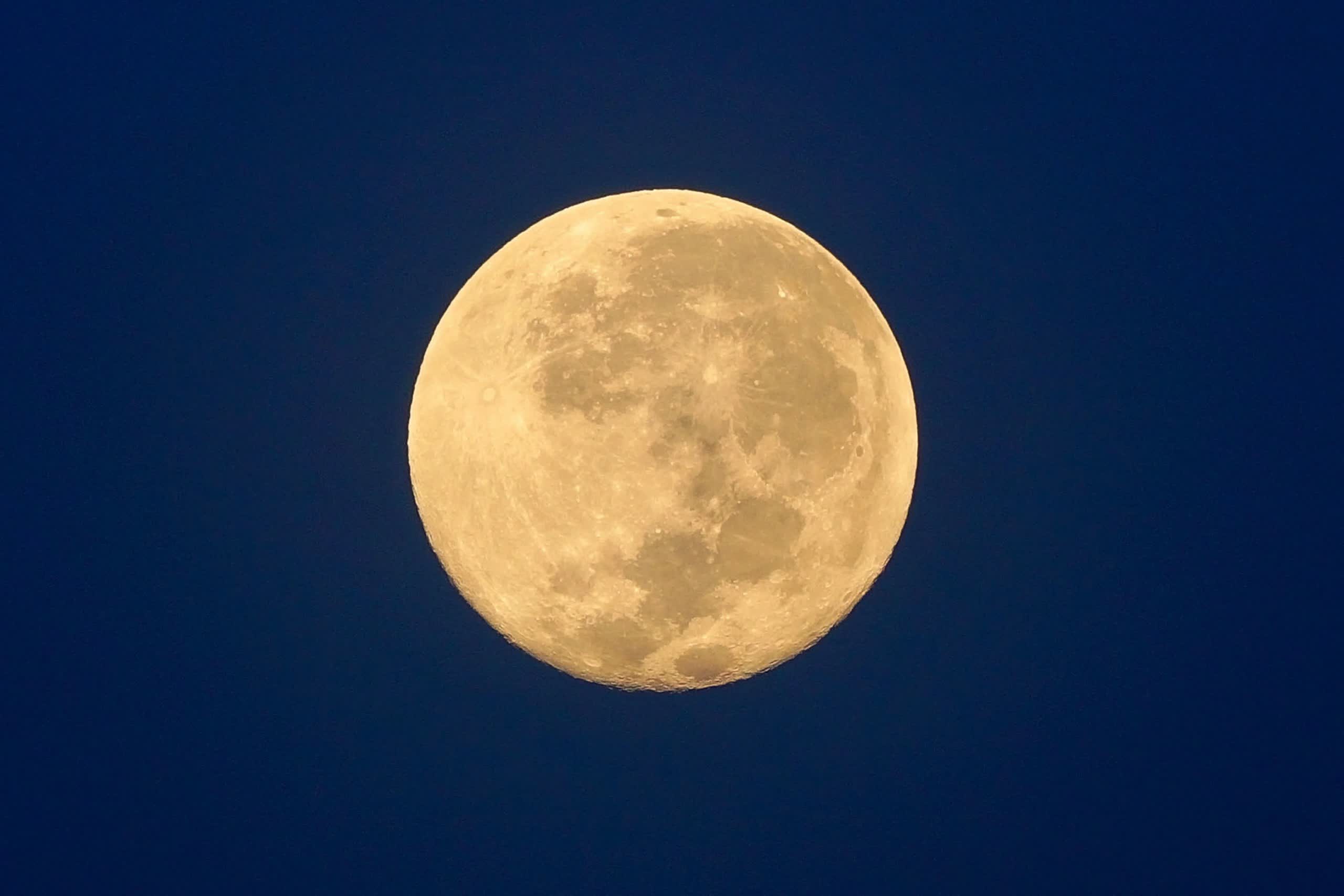A head scratcher: The Moon is littered with iron-rich rocks, and even though trace amounts of water ice were discovered near the poles, conditions there are not ideal for forming rust. A crucial component, oxygen, is scarce at best. Solar winds also make it inhospitable for rust formation. Be that as it may, scientists have discovered rust near our only natural satellite's polar regions.

Researchers at NASA's Jet Propulsion Laboratory (JPL) have discovered iron oxide, specifically hematite, on the Moon's surface, and it has them completely baffled. Iron oxide, more commonly known as rust, is a mineral formed when iron (Fe), oxygen (O), and water (H2O) come into contact. Iron oxide is what gives Mars it's reddish hue. The thing that is mystifying about finding rust on the Moon is that the lack of oxygen and the reductive conditions should make it impossible for rust to form.
"It's very puzzling," said Shuai Li, head researcher from the University of Hawaii. "The moon is a terrible environment for hematite to form in."
Li made the discovery when analyzing data from JPL's M3 (Moon Mineralogy Mapper). Li noticed that M3 was picking up "spectra - or light reflected off surfaces - that revealed the Moon's poles had a very different composition than the rest of it." The spectra indicated that the detected mineral was hematite (Fe2O3).

A composite lunar image as seen by M3. Blue indicates water. Hematite was also found near these areas.
In 2018, scientists confirmed trace deposits of water ice at the Moon's poles. However, the lack of oxygen has the researchers at a loss as to how the rust is forming. NASA JPL planetary geoscientist Abigail Fraeman, co-author of the study recently published in Science Advances, initially thought it must be a mistake.
"At first, I totally didn't believe it. It shouldn't exist based on the conditions present on the Moon," said Fraeman. "But since we discovered water on the moon, people have been speculating that there could be a greater variety of minerals than we realize if that water had reacted with rocks."
Another aspect that adds to the mystery is the reductive conditions found on the lunar surface. Fraeman explains that the sun bombards the Moon with hydrogen via solar winds. Hydrogen acts as a "reducer" that generally prevents oxidation by adding electrons to the minerals. So technically, the hematite should not have formed.
The researchers are not without their theories regarding the phenomena. The Moon does have a small amount of oxygen carried by the Earth's magnetic field. The scientists also believe that dust hitting the lunar surface could be freeing up water molecules allowing them to mix with the ferric minerals.
"It could be that little bits of water and the impact of dust particles are allowing iron in these bodies to rust," said Fraeman.
However, Li and Fraeman said more research was needed to verify this theory.
Image credit: NASA JPL
https://www.techspot.com/news/86652-discovery-rust-lunar-surface-has-scientists-baffled.html